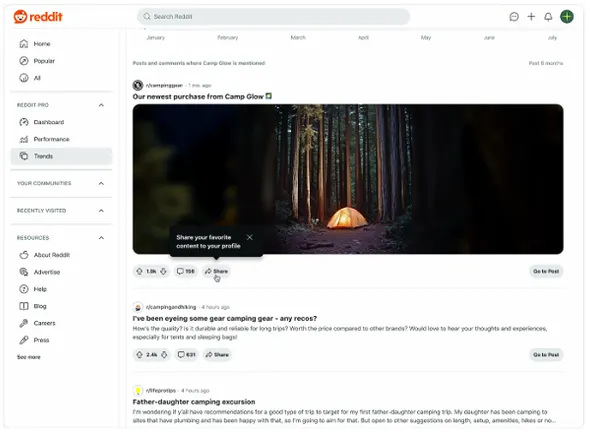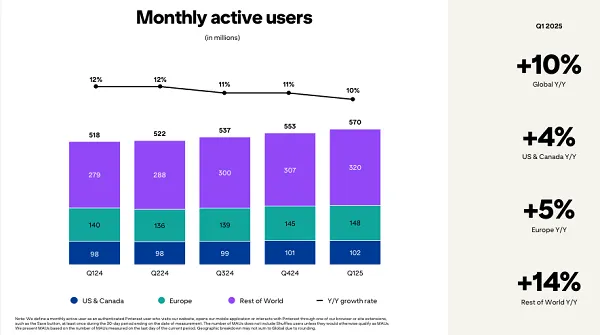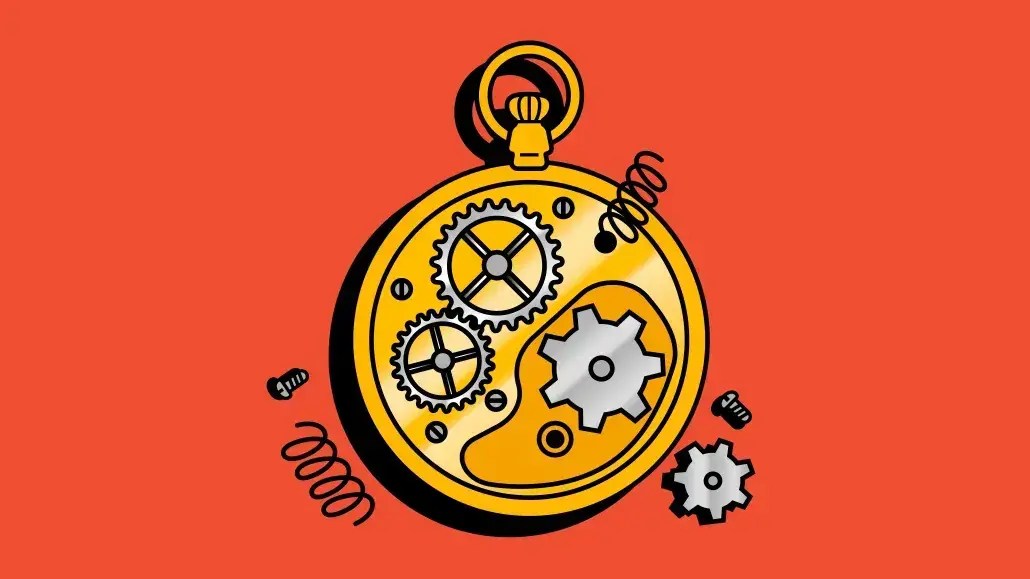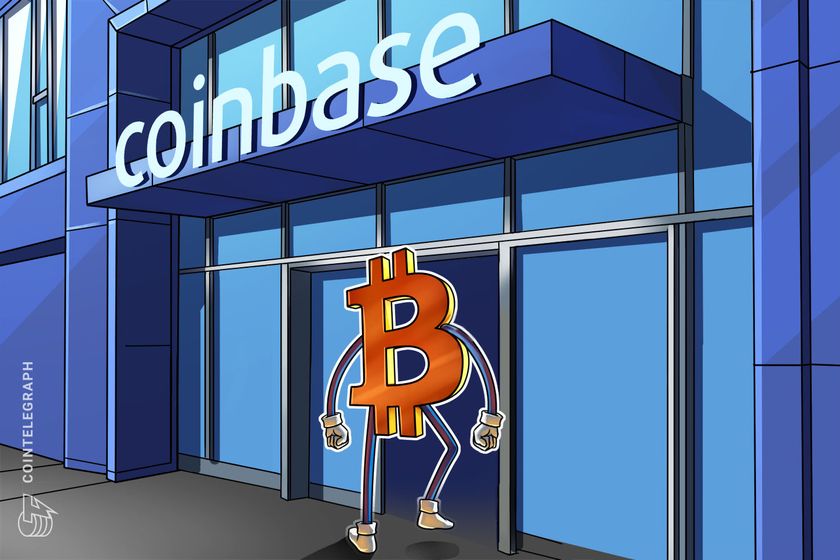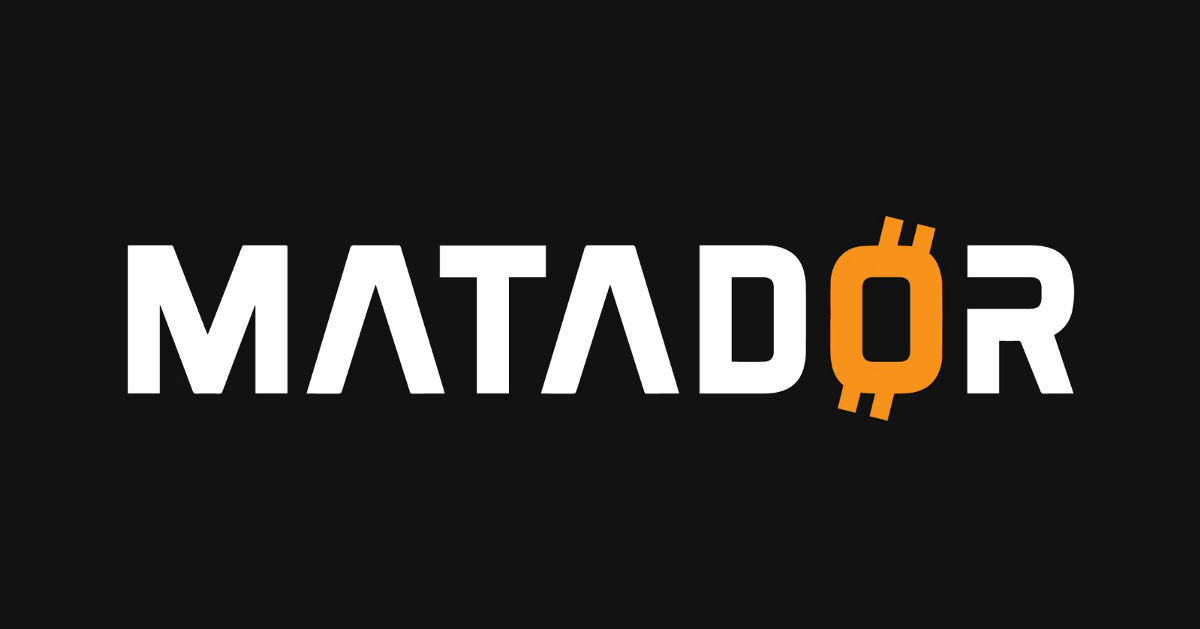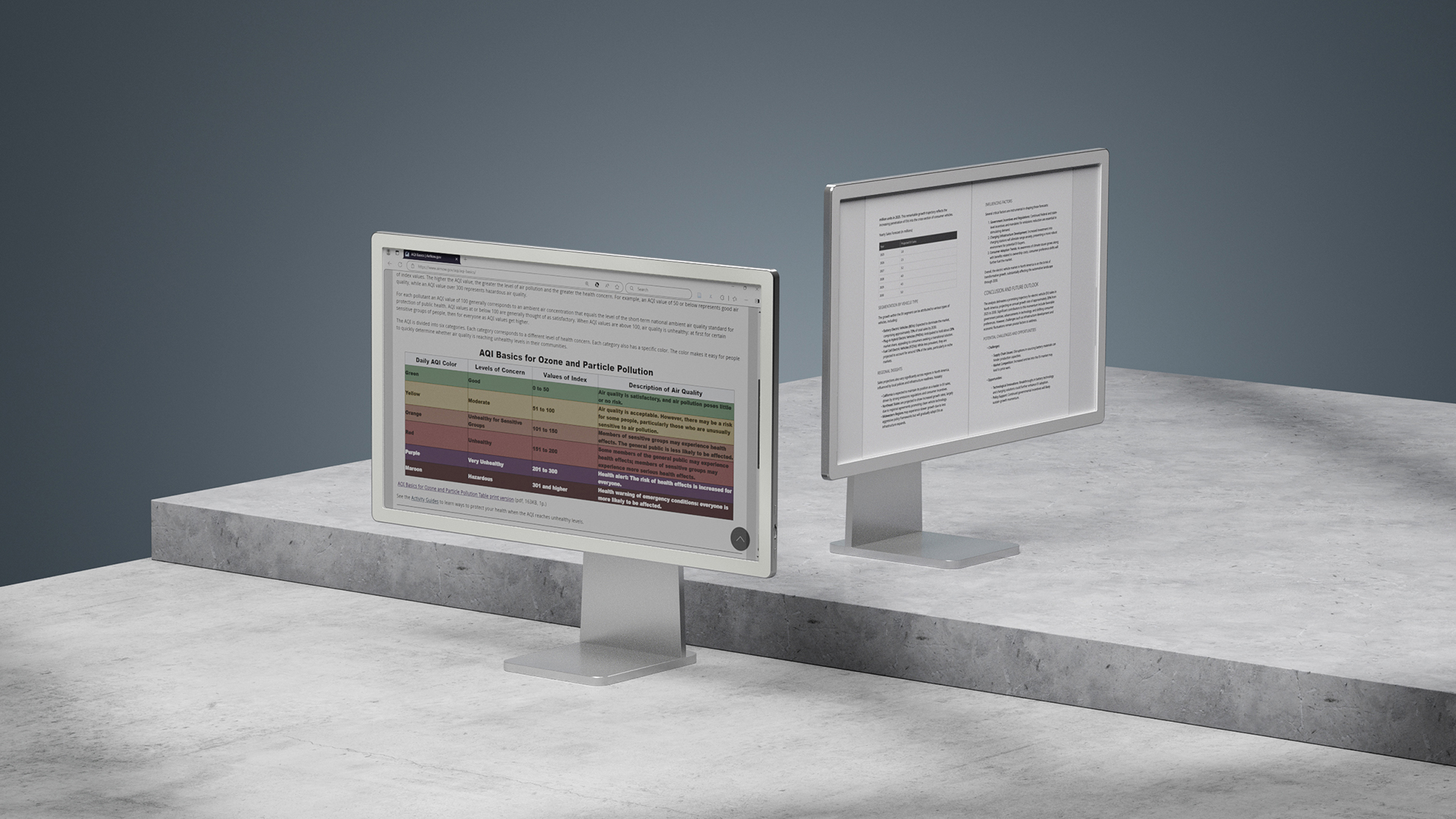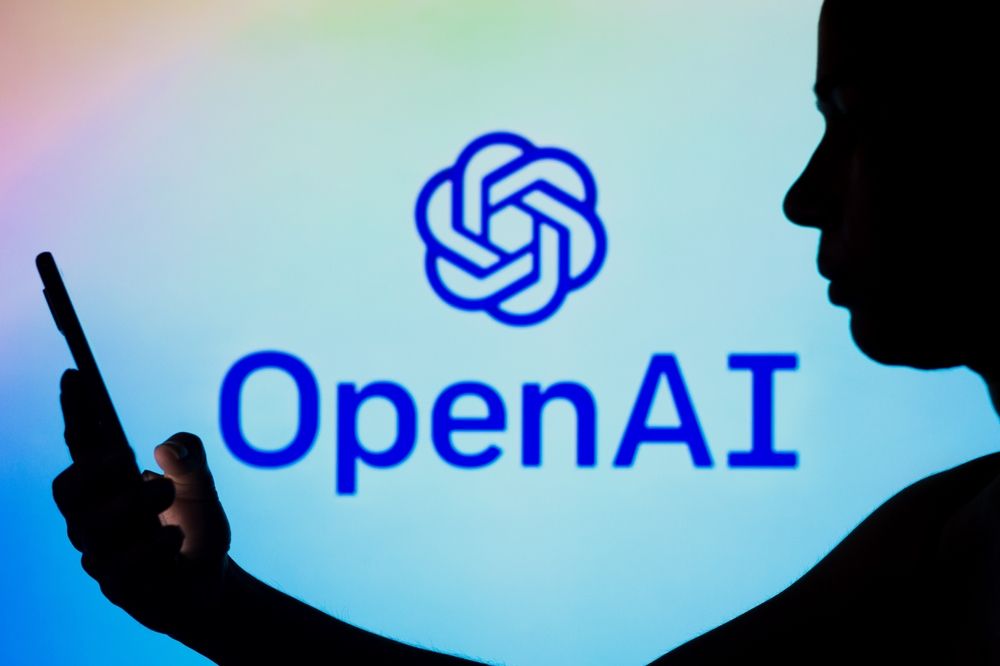AI x SaaS: The next wave of enterprise innovation
In this special episode, Prime Venture Partners Founder and Partner Shripati Acharya and Principal Gaurav Ranjan unpack how AI is reshaping B2B software—and what that means for evaluating and investing in early-stage startups.


AI isn’t just another wave of technology; it’s becoming the new operating system for software businesses. Shripati Acharya and Gaurav Ranjan break down what AI truly means for B2B SaaS, how enterprise adoption is evolving, and what founders must do to build successful AI-first companies.
This conversation goes beyond hype to offer a clear, practical view on how the AI stack is impacting company building, from go-to-market to product design and pricing. For us at Prime, it also reflects the investment thesis we're most excited about in AI and SaaS.
The velocity is real, but don't get fooled by outliers
While some AI-native companies have hit $10 million+ ARR in under a year, Shripati warns against mistaking this as the norm.
“We only hear about the breathtaking growth stories… but we should not conclude that this is the average case. What’s really changed is the cost of building. Smaller teams can now create world-class products, thanks to AI copilots, smarter sales and support systems, and hyper-automated ops.”
For founders, this means you can do more with less. But it also means competition is brutal and differentiation is key.
Why AI is accelerating enterprise adoption
What made SaaS adoption slow in the past—lengthy evaluation cycles, vendor risk, and on-prem deployments—is being bypassed. “The time to wow has collapsed. A decision-maker can see ROI in a matter of days, whether it’s responding to customers faster, reducing headcount in support, or launching new products quicker,” Shripati adds.
Even better, buyers already use AI tools at home. He says, “Every CXO has a firsthand impression. If not them, their children are using ChatGPT or Gemini. The familiarity builds conviction. This wasn’t true for cloud or mobile in the early days.”
AI is not just selling faster—it’s creating budget categories of its own inside enterprise IT plans.
India’s SaaS market could be unlocked by AI
Historically, India has been a weak buyer for SaaS, but AI could change that dramatically.
“AI is entering spaces where there was no software at all. Think compliance workflows, regulatory filings, legal work—done via emails and Word docs. Now, AI can ingest docs, extract insights, and assist in decision-making. It’s a total unlock,” he says.
These are workflows where the alternative isn’t a SaaS product—it’s a human with a spreadsheet. This creates a fresh TAM, especially for Indian startups targeting Indian enterprises.
AI is flattening the cost advantage. Now what?
With leaner teams and commoditised infrastructure, the traditional Indian advantage—low-cost engineering—is eroding. “The arbitrage between a US and Indian dev team is shrinking. But that’s OK. New opportunities lie in service-as-software, where Indian companies provide AI-powered services (e.g., legal, support, analytics) globally,” the investor says.
Think Harvey meets Infosys. India’s deep service DNA and growing AI talent base could fuel a new kind of global company.
How to differentiate when everyone has the same models
Anyone can now build on the same open-source LLMs. So, what builds true defensibility? Shripati says, “The models are becoming commodities. What matters is domain understanding, workflow integration, and non-public data. The more your solution integrates with real customer behaviour and proprietary data, the more differentiated and sticky it becomes.”
“AI is just a tool. The real moat is deeply solving a specific business problem within the customer’s existing processes—not changing their workflows, not adding complexity,” he adds.
Forget chatbots, build domain-first products with real ROI and low switching costs.
Pricing in the AI era: Keep it simple, ROI-linked
With AI, value is often delivered through automation, replacing manual labour. But pricing should not get complicated. “Founders try clever pricing, but what works is clarity, fairness, and predictability. If customers can’t estimate their bill, they won’t convert.”
The investor adds, “Yes, you might replace a $50,000 employee. That doesn’t mean you can charge $49,000. Pricing power depends on how well you demonstrate the ROI, not how much cost you replace.”
Adopt the customer’s mental model. If they’re used to per-seat pricing, offer that. Or shift to per-output models—like tickets resolved or documents processed—only if the value mapping is obvious.
What’s next: Prime’s AI thesis for the next 5 years
“Three themes excite me: Vertical AI, Service-as-Software, and Physical AI,” Shripati says.
- Vertical AI: Build for specific sectors—manufacturing, finance, compliance—where workflows, data, and UI expectations are highly specialised.
- Service-as-Software: Offer services (like support or legal ops) but deliver them AI-first, with lean teams, smart automation, and high-quality human-in-the-loop layers.
- Physical AI (Automation): Bring AI to robotics, quality control, and logistics—not general-purpose robots, but narrowly scoped automation at scale.
“With lightweight models and smarter edge hardware, we’re democratising automation. Think intelligent QC cameras on a factory floor—that’s Physical AI,” the investor says.
What hasn’t changed?
“The fundamentals of building remain the same. Who is the customer? What is their problem? How can you solve it 10X better? That is still the playbook—AI is just the amplifier.”
Shripati’s advice to AI founders? Build for trust, not just buzz. Own a specific pain point. Nail the integration. Deliver ROI—fast.
Timestamps:
00:00 – Introduction
02:00 – AI’s impact on startup scaling and team size
03:20 – Faster sales cycles with enterprise AI
07:26 – Will AI unlock India’s SaaS market?
13:36 – Has AI neutralised India’s cost advantage?
20:19 – Models vs APIs: Where’s the real business?
25:52 – Why UI still wins in enterprise software
27:27 – Building moats through workflow depth
34:38 – How to price AI products right
39:43 – Prime’s investment themes in enterprise AI
44:58 – Final thoughts
Edited by Suman Singh
(Disclaimer: The views and opinions expressed in this article are those of the author and do not necessarily reflect the views of YourStory.)




